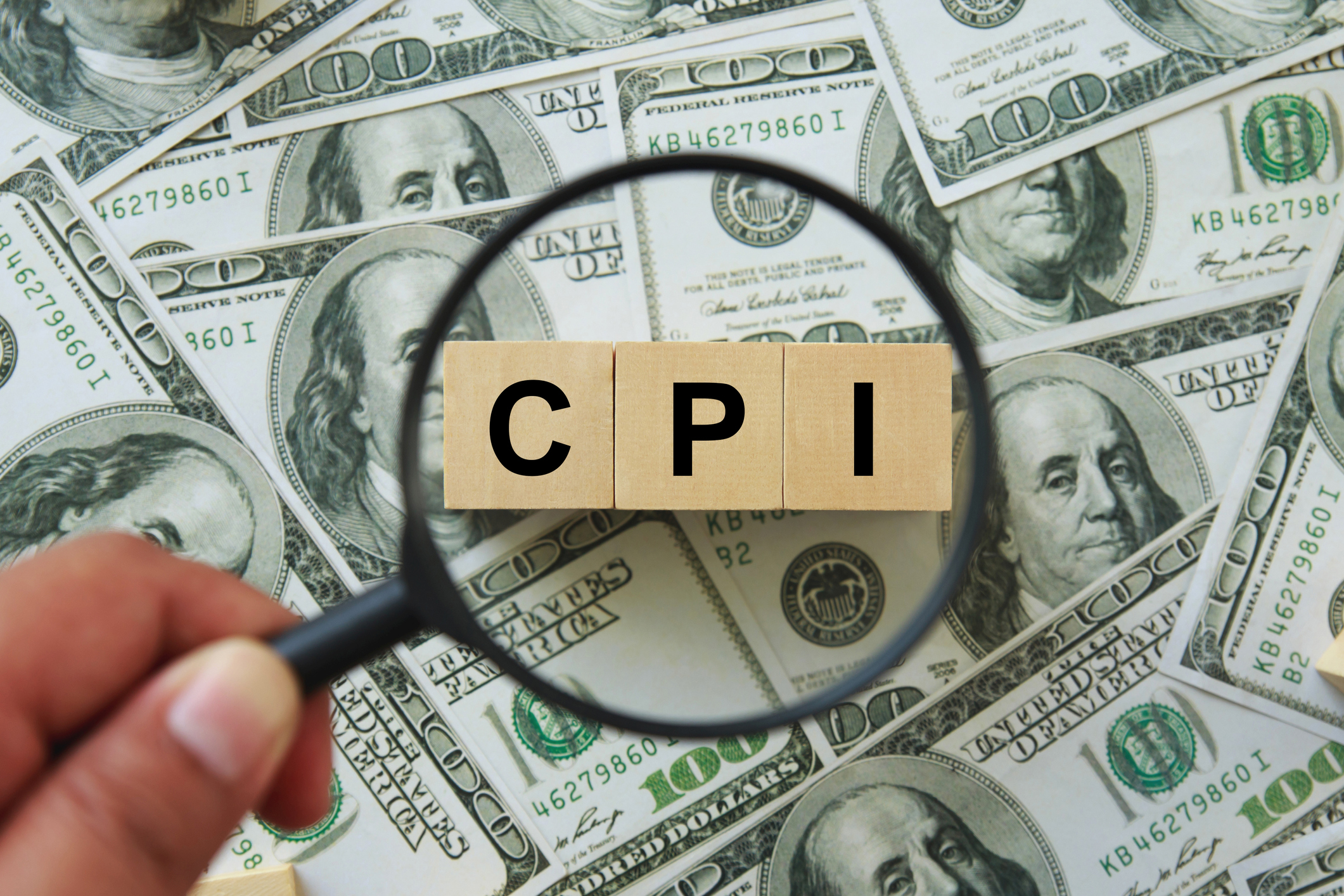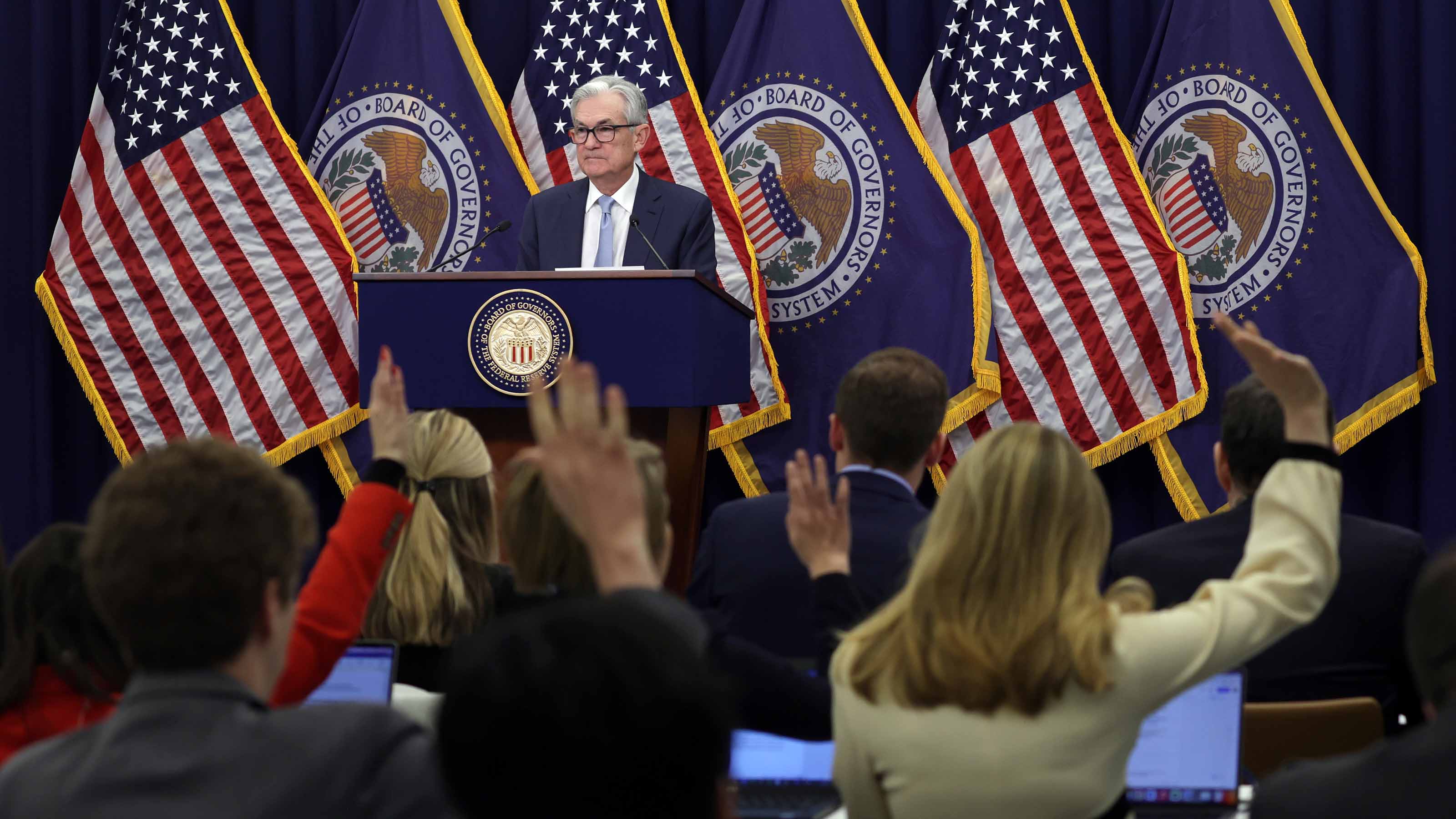Get 3% With Low Risk Via Floating-Rate Bond Funds
Floating-rate bond funds protect against rising interest rates. But they own low-quality debt, so choose wisely.
Wary investors have fallen in love with floating-rate bond funds. And no wonder: The funds pay a decent yield—typically about 3%, sometimes more—and are designed to protect against rising interest rates, which just about everyone expects once the Federal Reserve determines that it really is time to dial back its stimulative policies.
While most kinds of bonds struggled over the past year, floating-rate funds produced impressive gains. According to Morningstar, the average floating-rate fund delivered a total return of 5.9%, trouncing Barclays U.S. Aggregate Bond index by some seven percentage points. But those generous returns suggest that the funds are not risk-free, so it pays to be selective when choosing one. (All performance figures are as of November 1.)
How they work. Floating-rate bond funds invest in loans that banks make to companies. The rates on the loans are tied to a short-term benchmark, such as the London Interbank Offered Rate, or LIBOR, and generally reset every 30 to 90 days. As a result, if interest rates go up, the loans adjust quickly, preserving their value. (For most other kinds of bonds, prices move in the opposite direction of interest rates.)

Sign up for Kiplinger’s Free E-Newsletters
Profit and prosper with the best of expert advice on investing, taxes, retirement, personal finance and more - straight to your e-mail.
Profit and prosper with the best of expert advice - straight to your e-mail.
But here’s the downside: Companies that take out these loans tend to have poor credit and are likelier to default than higher-quality borrowers. Also, because the bank-loan market is relatively small, heavy selling can result in exaggerated losses. That’s what happened in 2008. Floating-rate bond funds fell by an average of 30%, as investors ran for cover during the financial crisis.
The floating-rate market has grown since then, but it’s still a good idea to choose a fund that keeps risk in check. Demand has increased the supply of loans lately and eased lending standards. “You’re starting to see looser restrictions on companies,” says Morningstar analyst Sarah Bush. She recommends funds that invest mostly in bank loans rated single- or double-B (the latter being the highest “junk” bond rating). Avoid funds with high expenses—that is, anything above the category average of 1.2% annually. Their managers may be tempted to reach for yield to overcome the drag of high fees.
Two good no-load options are Fidelity Floating Rate High Income (symbol FFRHX) and T. Rowe Price Floating Rate (PRFRX). Both have 30-day yields of about 3%. They are also relatively cheap. The Fidelity fund’s annual expense ratio is 0.71%; Price charges 0.86%. Over the past year, the funds returned 4.2% and 4.5%, respectively, compared with 5.9% for the average bank-loan fund. The underperformance in a strong market for bank-loan funds isn’t surprising, because the Fidelity and Price funds focus on higher-quality loans and so take fewer risks than their typical rivals.
Another way to cut expenses is to consider an exchange-traded fund such as PowerShares Senior Loan Portfolio (BKLN). The ETF, which charges 0.66% per year, aims to match the performance of an index of the 100 largest bank loans available. That focus should make it easier to trade the loans, helping to minimize volatility. The fund yields 4.1%, and it returned 4.8% over the past year.
If you can stomach more risk for a chance at bigger yields, consider a closed-end fund. CEFs are traded on an exchange, the same way ETFs are. But because CEFs are structured differently, their share prices often differ dramatically from the value of their underlying assets.
Consider Nuveen Floating Rate Income (JFR), a closed-end fund that, at a price of $12, trades at a 5% discount to the value of its assets. Like most closed-end bond funds, Nuveen borrows money to boost yield; at last report, it had borrowed about 30% of its assets. The fund returned just 1.4% over the past year, but thanks to leverage, its current yield is a whopping 6.8%.
Get Kiplinger Today newsletter — free
Profit and prosper with the best of Kiplinger's advice on investing, taxes, retirement, personal finance and much more. Delivered daily. Enter your email in the box and click Sign Me Up.
-
 What the Capital One Discover Merger Means for Your Wallet
What the Capital One Discover Merger Means for Your WalletThe Capital One Discover merger reshapes the credit card landscape and could impact your credit card rewards, interest rates and card perks.
By Paige Cerulli
-
 My Advice for Enrolling in Medicare Part B — Based on Experience
My Advice for Enrolling in Medicare Part B — Based on ExperienceEnrolling in Medicare is notoriously complicated and can result in penalties if you get the timing wrong. Here are some valuable tips for first-timers.
By Sandra Block
-
 What Is the Buffett Indicator?
What Is the Buffett Indicator?"It is better to be roughly right than precisely wrong," writes Carveth Read in "Logic: Deductive and Inductive." That's the premise of the Buffett Indicator.
By Charles Lewis Sizemore, CFA
-
 CPI Report Puts the Kibosh on Rate Cuts: What the Experts Are Saying About Inflation
CPI Report Puts the Kibosh on Rate Cuts: What the Experts Are Saying About InflationCPI Consumer price inflation reared its ugly head to start the year, dashing hopes for the Fed to lower borrowing costs anytime soon.
By Dan Burrows
-
 Fed Leaves Rates Unchanged: What the Experts Are Saying
Fed Leaves Rates Unchanged: What the Experts Are SayingFederal Reserve As widely expected, the Federal Open Market Committee took a 'wait-and-see' approach toward borrowing costs.
By Dan Burrows
-
 CPI Report Keeps the Fed on Track: What the Experts Are Saying About Inflation
CPI Report Keeps the Fed on Track: What the Experts Are Saying About InflationCPI Disinflation in key areas of consumer prices should help the Federal Reserve stick to its policy path of gradual cuts to interest rates.
By Dan Burrows
-
 Blowout December Jobs Report Puts Rate Cuts on Ice: What the Experts Are Saying
Blowout December Jobs Report Puts Rate Cuts on Ice: What the Experts Are SayingJobs Report The strongest surge in hiring since March keeps the Fed on hold for now.
By Dan Burrows
-
 Fed Sees Fewer Rate Cuts in 2025: What the Experts Are Saying
Fed Sees Fewer Rate Cuts in 2025: What the Experts Are SayingFederal Reserve The Federal Reserve cut interest rates as expected, but the future path of borrowing costs became more opaque.
By Dan Burrows
-
 CPI Report Casts Doubt on Rate Cuts in 2025: What the Experts Are Saying About Inflation
CPI Report Casts Doubt on Rate Cuts in 2025: What the Experts Are Saying About InflationCPI November Consumer Price Index data sealed the deal for a December rate cut, but the outlook for next year is less certain.
By Dan Burrows
-
 Rebound in Jobs Growth Keeps Fed on Track: What the Experts Are Saying
Rebound in Jobs Growth Keeps Fed on Track: What the Experts Are SayingJobs Report No nasty surprises in the November payrolls data leaves a quarter-point cut in play.
By Dan Burrows